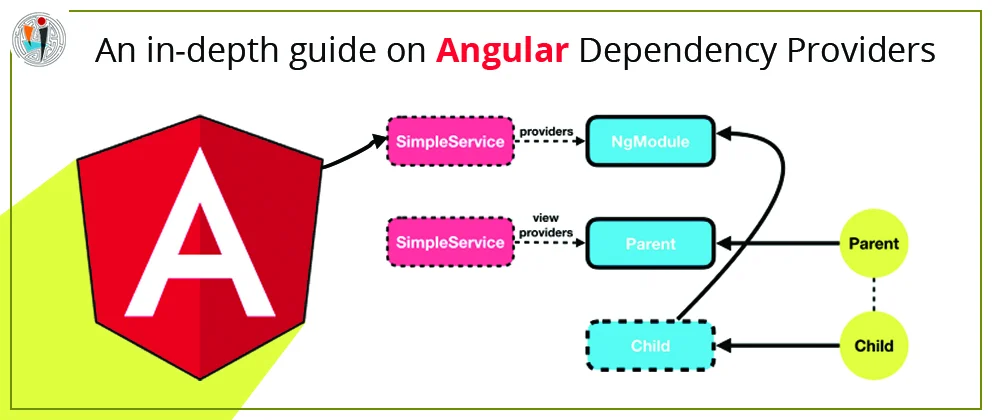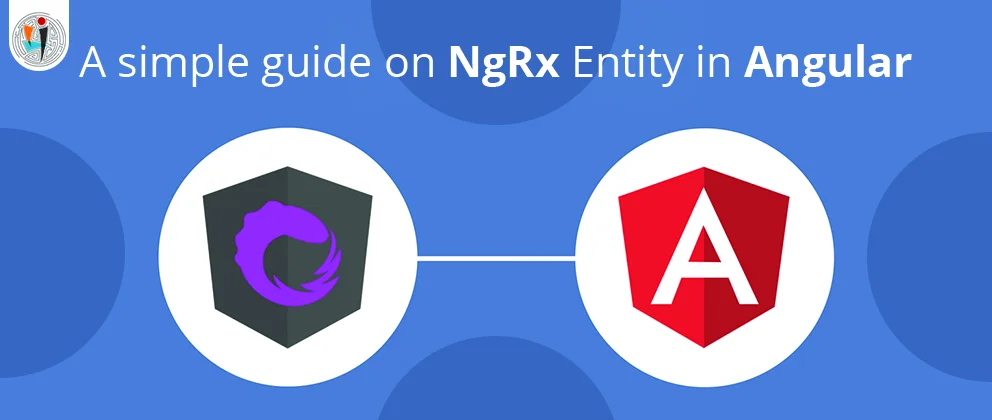Network traffic filtering rules
A allow or deny network filtering rules can be created centrally by source and destination IP address, port, and protocol. Azure Firewall can distinguish legitimate packets for different types of connections because Azure Firewall is fully stateful.
FQDN tags
Using FQDN tags makes it easier for you to allow well-known Azure service network traffic through your firewall. Using a Firewall, you can create an application rule and include the Windows Update tag.
Service tags
A service tag is used to represents a group of IP address prefixes which helps to minimize complexity for security rule creation. Address prefixes are managed by Microsoft and automatically updates the service tag as addresses changes.
Threat intelligence
Threat intelligence based filtering can be used for the firewall to alert and deny traffic from known malicious IP addresses and domains. The Microsoft Threat Intelligence feed provide the IP addresses and domains.
Outbound SNAT support
All outbound virtual network traffic IP addresses are translated to the Azure Firewall public IP (Source Network Address Translation) so that you can identify and allow traffic originating from your virtual network to remote Internet destinations. When the destination IP is a private IP range per IANA RFC 1918 Azure Firewall doesn't SNAT.
Inbound DNAT support
Using Azure Firewall, Inbound Internet network traffic public IP address is translated and filtered to the private IP addresses on virtual networks.
Multiple public IP addresses
Multiple public IP addresses (up to 250) can be associated with your firewall.
This enables the following scenarios:
- DNAT - In DNAT, you can translate multiple standard port instances to your backend servers. For example, you can translate TCP port 3389 (RDP) for two public IP addresses.
- SNAT – Using Additional ports for outbound SNAT connections, reduce the potentiality for SNAT port exhaustion. At that time, a Random public IP address was selected by Azure Firewall for connection to the user.
Azure Monitor logging
Azure Monitor allows you to archive logs to a storage account, stream events to your Event Hub or send them to Azure Monitor logs.
Flexible canvas is provided by Azure Firewall Workbook for Azure Firewall data analysis so that you can create rich visual reports within the Azure portal.
Forced tunnelling
Using force tunnelling, Azure Firewall can be configured to route all Internet-bound traffic to a designated next hop instead of going directly to the Internet. To process network traffic before it's passed to the Internet Azure Firewall provide an on-premises edge firewall or other networks virtual appliance (NVA).
Certifications
Azure Firewall has certification of Payment Card Industry (PCI), Service Organization Controls (SOC), and International Organization for Standardization (ISO), and ICSA Labs compliant.


























